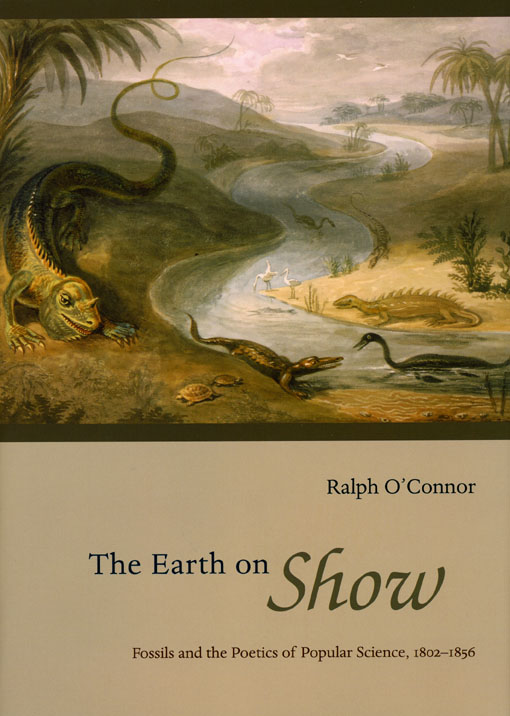Ida: The Multi-Platform Media Darling
 As was widely reported today, the so-called “missing link“—the piece in the evolutionary puzzle that definitively ties humans to apes—was identified in Germany. And her name is “Ida.” Reports the New York Times:
As was widely reported today, the so-called “missing link“—the piece in the evolutionary puzzle that definitively ties humans to apes—was identified in Germany. And her name is “Ida.” Reports the New York Times:
Fossil remains of a 47-million-year-old animal, found years ago in Germany, have been analyzed more thoroughly and determined to be an extremely early primate close to the emergence of the evolutionary branch leading to monkeys, apes and humans, scientists said in interviews this week.
Described as the “most complete fossil primate ever discovered,” the specimen is a juvenile female the size of a small monkey.
But just as soon as the discovery was announced, accusations of showmanship and exaggeration were lobbied at the scientific team behind the findings. (It’s hard not to wonder whether Google, long famous for its sparse homepage, changed its logo to celebrate the discovery or as part of a larger publicity campaign.) In unpacking the implications of scientific discovery in an age of social media and orchestrated press events, the Christian Science Monitor wrote:
But almost as dazzling as the find itself was the way in which it was unveiled. The announcement was made with great fanfare at the Museum of Natural History in New York, and coincided with a peer-reviewed article about the discovery. And like any good reality television star, [Jorn] Hurum was thinking “cross-platform”: his team has a sleek website, an exclusive interview arrangement with ABC News, a book aimed at mainstream audiences, a deal with the History Channel, and a full-length movie about little “Ida.”
This troubling commingling of science and media has worried some observers. But far from being a modern phenomenon, earth scientists have long had a reputation for creating hype. Ralph O’Connor’s 2008 book The Earth on Show: Fossils and the Poetics of Popular Science, 1802-1856 reveals how shrewd science-writers marketed spectacular visions of past worlds, piquing the public imagination with glimpses of man-eating mammoths, talking dinosaurs, and sea-dragons spawned by Satan himself. These authors—including men of science, women, clergymen, biblical literalists, hack writers, blackmailers, and prophets—borrowed freely from the Bible, modern poetry, and the urban entertainment industry, creating new forms of literature in order to transport their readers into a vanished and alien past. Although “Ida” passed through a peer-review process, unlike the specimens proffered by hypemen of the Victorian era, the over-the-top nature of her unveiling certainly resembles the tactics of the discredited showmen of O’Connor’s book.
Whether you want to learn more about fantastic monsters of deep time or the men behind the discovery of geohistory, Chicago’s books on paleontology and earth science are the missing link in your personal collection. Check out all of our books in these related fields and decide for yourself if Ida answers more questions than she raises.